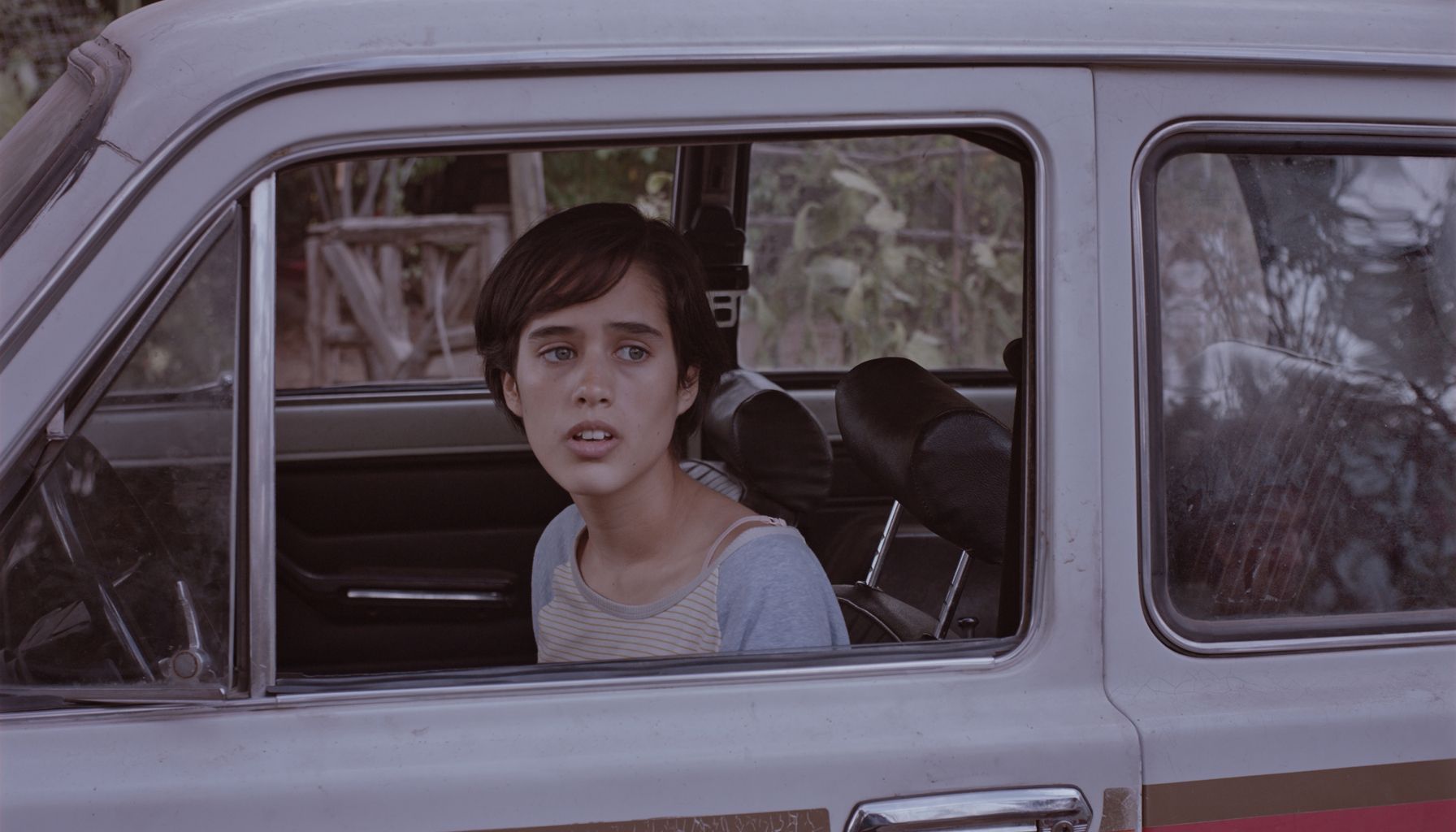Locarno: Stray Dogs Secures Dominga Sotomayor’s ‘Too Late to Die Young’ (EXCLUSIVE)
By John Hopewell
LOS ANGELES (Variety.com) – In one of the key deals in the run-up to next week’s Locarno Festival, Paris-based Stray Dogs has closed international sales rights on “Tarde para morir joven” (Too Late to Die Young), the anticipated second feature from Chile’s double Rotterdam winner Dominga Sotomayor.
Reprising some of the issues of her debut, “Thursday Till Sunday,” but on a far larger and novel canvas, “Too Late” is produced by Sotomayor’s Chile-based Cinestación and Rodrigo Teixeira’s RT Features in Sao Paulo, whose current slate features films by Robert Eggers, James Gray and Olivier Assayas and a joint production alliance for emerging filmmakers with Martin Scorsese.
Backed by Rotterdam’s Hubert Bals Fund and the Doha Film Institute, “Too Late” is co-produced by Argentina’s Ruda Cine (“The Idea of a Lake,” “Two Shots Fired”) and the Netherlands’ Circe Films (“Cobain,” “Time Share”).
Holding world sales rights outside Chile, Brazil, Argentina, and Benelux, Stray Dogs Nathan Fischer will introduce “Too Late to Die Young” to buyers at next week’s where it world premieres in International Competition.
Also written by Sotomayor, “Too Late to Die Young” is set in an isolated rural community in 1990 Chile, just as democracy is beginning to return to the country. Often a choral drama, featuring gaggles of kids allowed to run wild in the countryside by their liberal, often artist parents, the main narrative focus increasingly settles on Sofía and Lucas, two 16 year-olds, and 10-year-old Clara, three prescient young protagonists who experience the heartbreak of unrequited love, and a growing sense of the emotional complexities of their parents’ world.
Said Sotomayor: “‘Too Late to Die Young’ is a film about growing up in a period of great changes, related to the nostalgia for and demythifying of a period, a coming of age story, both for the characters and Chilean society at large which was going through a process of pain after dictatorship.
“I wanted to explore the complex relationships between generations and classes: Capture the sageness of children, the clumsiness of adults, that strange melancholy we have growing up,” Sotomayor added, noting that the film also explores a “free and open form,” “close to the very nature of this community near to the mountains, far from limits and definitions.”
Inti Briones, a d.p. on visually striking but distinctive movies such as Daniela Thomas’ 2017 Berlinale player “Vazante” and Alejandro Fernández Almendras’ Sundance-selected “Much Ado About Nothing,” serves as cinematographer on “Too Late to Die Young.”
Rodrigo Teixeira commented: “I love to work with Dominga, I think she is definitely one of the greatest and interesting of directors in Latin America today. And we have a great experience working together.”
“As a filmmaker, Dominga is delicate and organic at the same time. The world she creates has a very strong sense of time of place and yet it feels more naturalistic than ever,” Fischer commented.
“We took the film because we believe it will sell in some key territories, and because our job is evolving from sales to films’ representation, and we want to get the film seen and be an asset to the filmmakers,” he added.
Launched in 2015, Stray Dogs has a strong line in edgier, or more out-there arthouse films, representing Ben Rivers’ Locarno competition player “Good Luck,” Benny & Josh Sadie’s “Heaven Knows What” and Gabriela Amaral’s “Friendly Beast,” the last produced by RT Features.
“We are very excited to bring this film out into the world with Stray Dogs as our partners. Their films are forward-thinking, strong auteur work. Dominga’s film holds a striking directorial vision, which we hope to take to different places around the world,” commented Cinestación producer Omar Zúñiga.



